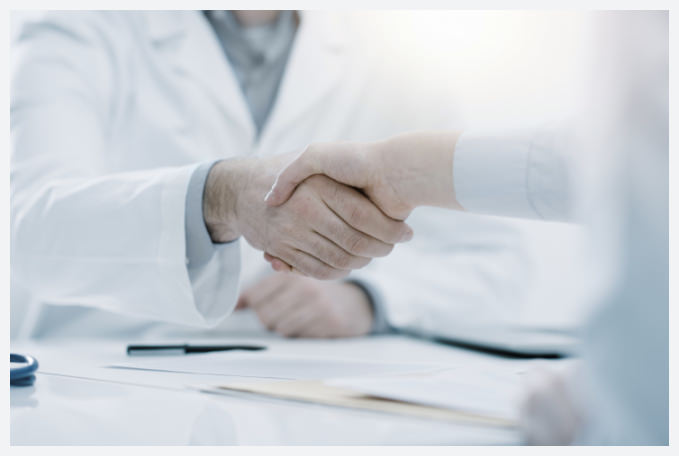Upper Endoscopy
What is an upper endoscopy?
Upper endoscopy allows your doctor to examine the lining of the gastrointestinal (GI) tract, which includes the esophagus, stomach and duodenum (the first portion of the small intestine). Your doctor will use a thin, flexible tube called an endoscope, which has its own lens and light source, to view the images on a video monitor. This procedure is also referred to as an upper GI endoscopy or esophagogastroduodenoscopy (EGD).
Upper endoscopy helps the doctor evaluate symptoms of persistent upper abdominal pain nausea, vomiting or difficulty swallowing. It is the best test for finding the cause of bleeding from the upper gastrointestinal tract and is also more accurate than x-ray films for detecting inflammation, ulcers and tumors of the esophagus, stomach and duodenum.* If your doctor has recommended an upper endoscopy, the information below will give you a basic understanding of the procedure – how it is performed, how it can help and what side effects you might experience. It can’t answer all of your questions since much depends on the individual patient. Please ask your doctor about anything you don’t understand.
What preparation is required?
An empty stomach allows for the best and safest examination, so you should have nothing to eat or drink, including water, for approximately 6 to 8 hours before the examination. Your doctor will tell you when to start fasting.
Can I take my current medications?
Most medications can be continued as usual, but some medications can interfere with the preparation or the examination. Inform your doctor about medications you are taking, particularly aspirin products, arthritis medications, anticoagulants (blood thinners), insulin or iron products. Also, be sure to mention allergies you have to medications. Alert your doctor if you require antibiotics prior to dental procedures, because you may need antibiotics before an endoscopy as well.
What can I expect during the procedure?
Endoscopy will be performed in an outpatient endoscopic center. You will be connected to specialized equipment to monitor your vital signs during and after the procedure. Initially, your throat may be sprayed with a local anesthetic to help reduce any throat discomfort. A sedative is then given to help you relax. You will lie on your left side and then the endoscope will pass through your mouth and into the esophagus, stomach and duodenum. The endoscope does not interfere with your breathing. Most patients consider the test only slightly uncomfortable, fall asleep during the procedure and have little, if any, recall of the test while it is being performed.*
The procedure itself usually takes 15 to 30 minutes, although you should plan on two to three hours for waiting, preparation and recovery.*
What is the upper endoscopy shows something abnormal?
Your doctor might use upper endoscopy to obtain small tissue samples or a biopsy. A biopsy helps distinguish between benign and malignant (cancerous) tissues. Biopsies are taken for many reasons and your doctor may order one even if he does not suspect cancer. For example, a biopsy can be taken to test for Helicobacter pylori, a bacteria that can cause ulcers.
Other instruments can be passed through the endoscope to directly treat many abnormalities with little or no discomfort. For example, the doctor may stretch a narrow area (stricture), remove polyps (usually benign growths) or treat bleeding.
What happens after the procedure?
Your physician will explain the results to you, although you’ll have to wait for the results of any biopsies performed. If you have been given sedatives during the procedure, someone must drive you home and stay with you. Even if you feel alert after the procedure, your judgment and reflexes could be impaired for the rest of the day.* Your throat may be a little sore and you might be bloated because of the air introduced into your stomach during the examination.* You should be able to eat after the examination, but your doctor might restrict your diet and activities.*
What are the possible complications of upper endoscopy?
Although complications can occur, they are rare when doctors who are specially trained and experienced in this procedure perform the test. Bleeding can occur at a biopsy site or where a polyp was removed, but it is usually minimal and rarely requires follow up.* It’s important to recognize early signs of possible complications. Contact your doctor if you notice fever and chills, trouble swallowing, or increasing throat, chest or abdominal pain.
Schedule an appointment in central Alaska
Dr. Nick Sarrimanolis specializes in upper endoscopy procedures. He can also determine if the procedure is needed at all. In order to find if you are a candidate, request an appointment at our medical practice in Fairbanks, Alaska. We offer a variety of medical services to patients in the area. To take the next step, give us a call at (907) 451-1174 or request an appointment online.
*Individual results may vary; not a guarantee.
